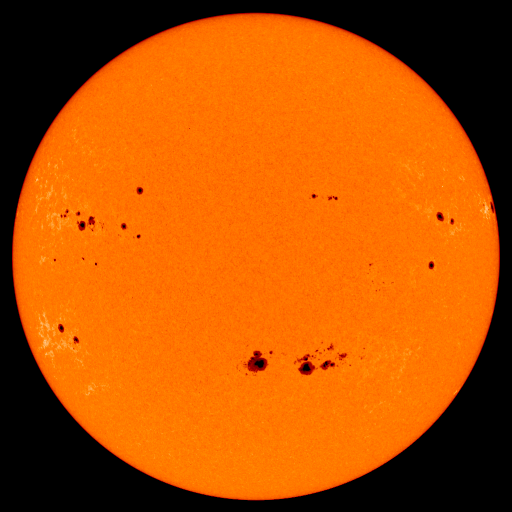 What is it like to go into the surface of the Sun? No one has been able to reach or go near the Sun mainly because of tremendous heat it releases and particularly because it is a star but researchers have found out some interesting facts about the Sun’s surface.
What is it like to go into the surface of the Sun? No one has been able to reach or go near the Sun mainly because of tremendous heat it releases and particularly because it is a star but researchers have found out some interesting facts about the Sun’s surface.
Unlike Earth, the surface of the Sun is very different. And that’s what makes the face of the Sun more interesting. The surface of the Sun forms the Sunspots and prominences. These can be seen from the Earth.
Sunspots are particular areas of the Sun which consist of cooler gases and coupled with disturbances. They appear as dark spots in the Sun’s surface. It forms on the photosphere near the Sun’s equator and often forms in pairs. They seem to move across the Sun’s surface.
Sunspots are also believed to be magnetic storms in the lower atmosphere of the Sun. Storms send out billions of charged particles into space. It is usually accompanied by solar flares. When the particles strike the Earth’s atmosphere, radio messages and signals on Earth may be difficult to receive. The solar flare disrupts radio communication. This is because of the magnetic storms caused by the radiations emitted by the solar flare.
When solar flare occurs, brilliant colored arcs of lights are formed and seen across the skies of the north and south poles. These colored lights are often called Northern Lights, or Aurora Borealis or Southern Lights, known as Aurora Australis respectively.
In the beginning, the Sun had no spots on its surface. Suddenly, a spot gradually appeared and increased in number. These sunspots underwent an eleven- year cycle to cover the Sun’s surface. On the other hand, prominences are gases that flutter out of the surface of the Sun. They have been observed to extend 32,000 kilometers above the Sun’s surface.
